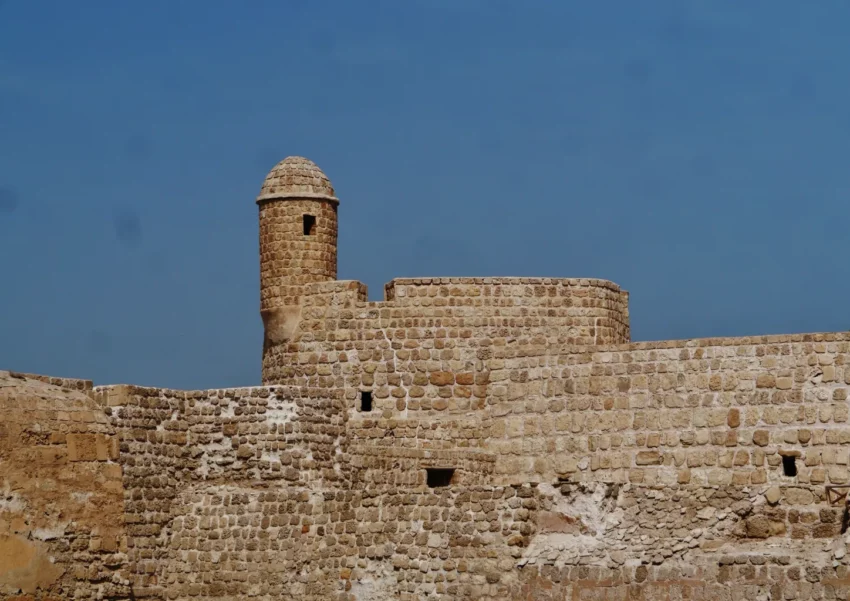Qal’at al-Bahrain: A Journey Through Time
Qal’at al-Bahrain, also known as the Bahrain Fort or Portuguese Fort, is an archaeological treasure located in Bahrain. Excavations since 1954 have revealed layers of history within a 12-meter-high artificial mound. These layers, spanning from 2300 BCE to the 18th century, include relics from the Kassites, Greeks, Portuguese, and Persians. This site, once the capital of the Dilmun civilization, gained UNESCO World Heritage status in 2005.
Get your dose of History via Email
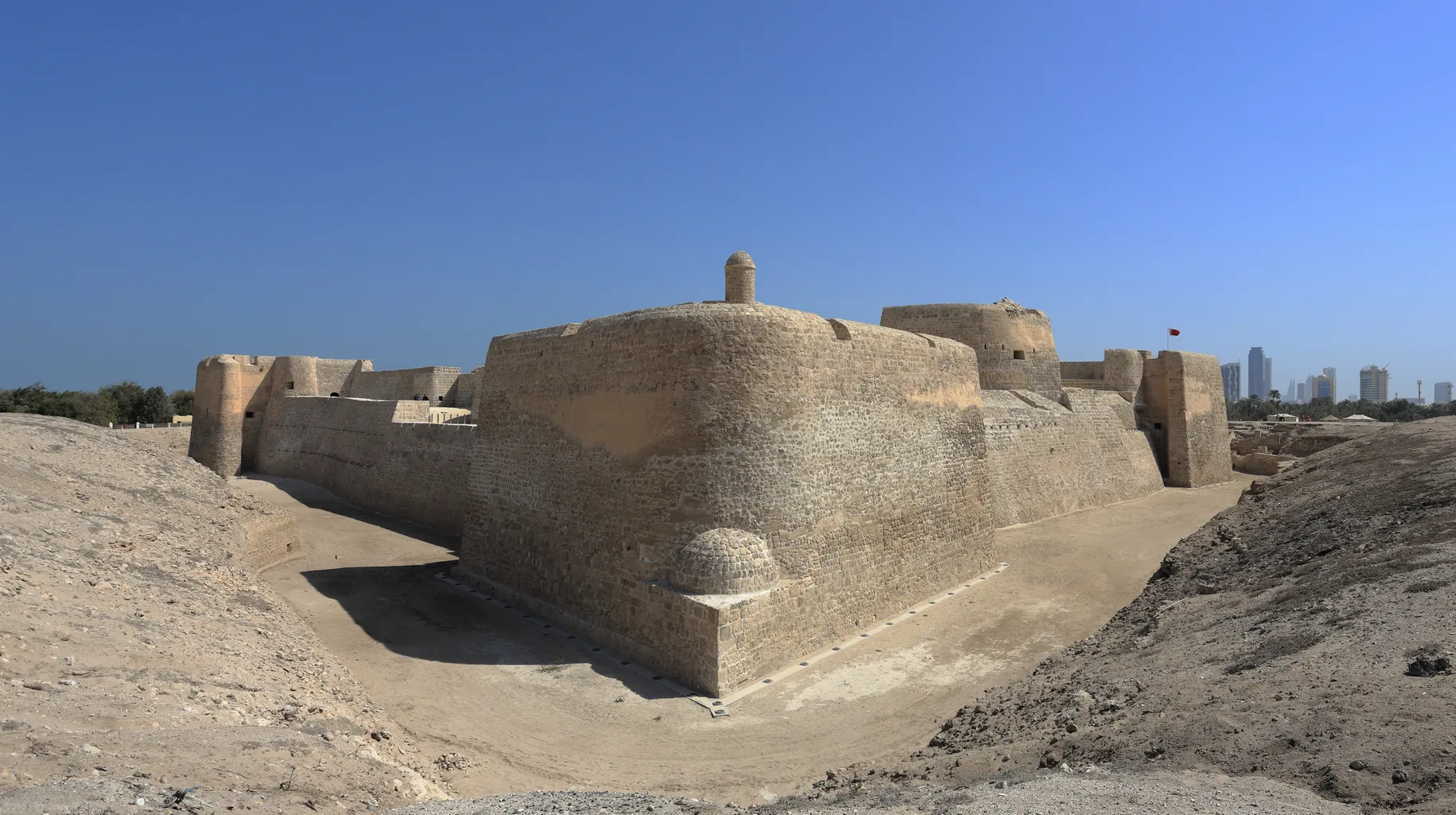
Location and Structure
The fort sits on Bahrain Island’s northern coast, just 6 km from Manama, the capital. The tell, or artificial mound, is the largest in the Persian Gulf region. It stands near a port and is a sentinel overlooking the fertile north coast. The layers within the mound reveal a continuous human presence, showcasing structures used for residential, public, commercial, religious, and military purposes.
Historical Significance
The history encapsulated within Qal’at al-Bahrain is vast. The area has seen continuous occupation for approximately 5,000 years. The first fort here emerged around 3000 years ago, with the current structure dating back to the 6th century CE. Dilmun, the ancient civilization once centered here, is often referred to in Sumerian texts, including the Epic of Gilgamesh, as a land of immortality and a meeting place for gods.
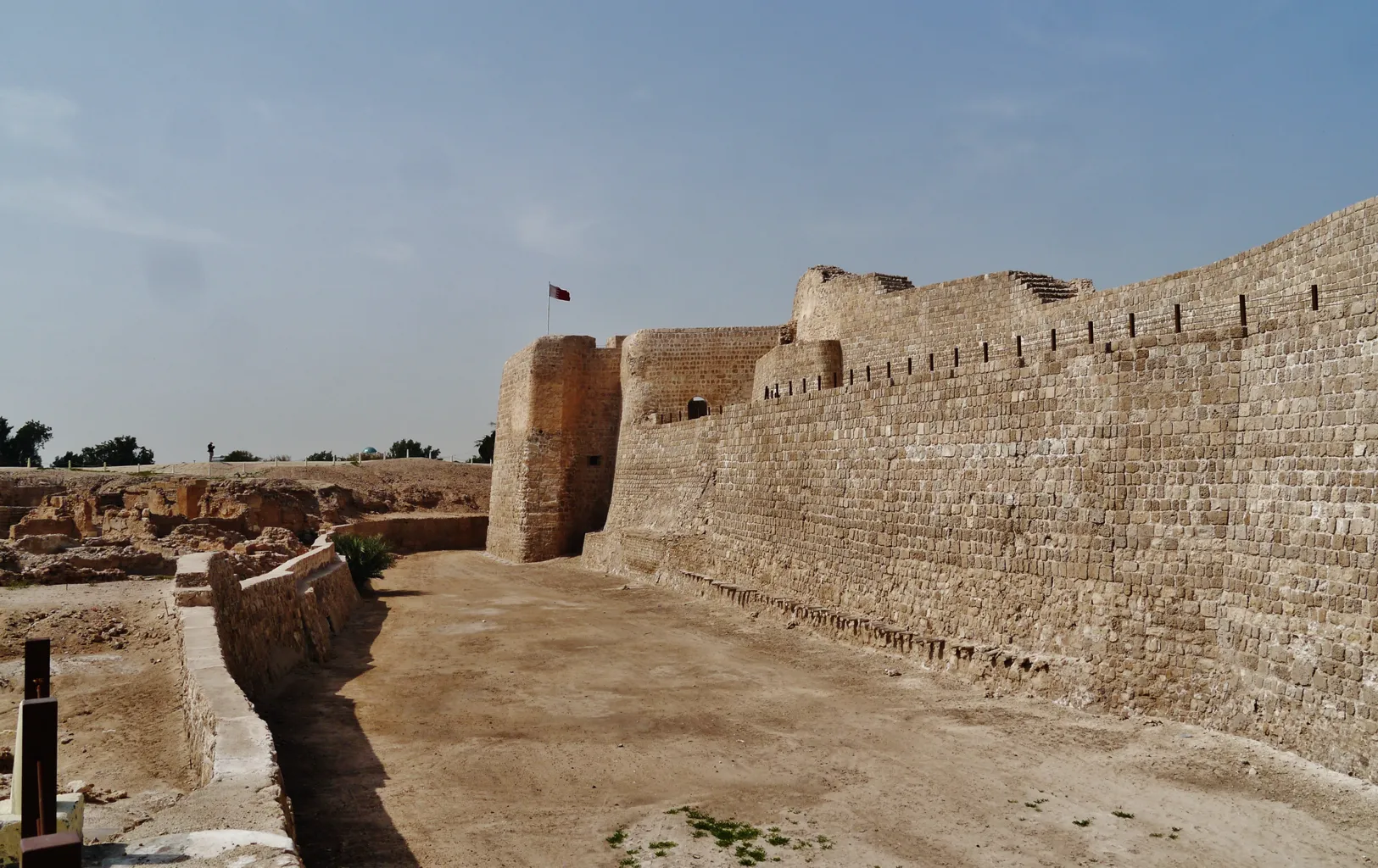
Excavations and Discoveries
The first major excavation at the site was conducted by a Danish team led by Geoffrey Bibby between 1954 and 1972. They discovered Kassite-era cuneiform tablets. French archaeologists from the National Centre for Scientific Research joined in the 1970s, uncovering about 50 tablets, some dating to King Agum III’s reign. Since 1987, Danish and Bahraini teams have continued to explore the site, revealing its Hellenistic past.
The Tell
Qal’at al-Bahrain is a classic tell, a mound formed by successive layers of human occupation. Covering 180,000 square feet, it reveals a rich history from 2300 BCE to the 16th century CE. Only 25% of the site has been excavated, yet it has yielded a wealth of artifacts and structures that highlight its importance as a trading port. On top of the mound sits the impressive Portuguese fort, which gives the site its name.
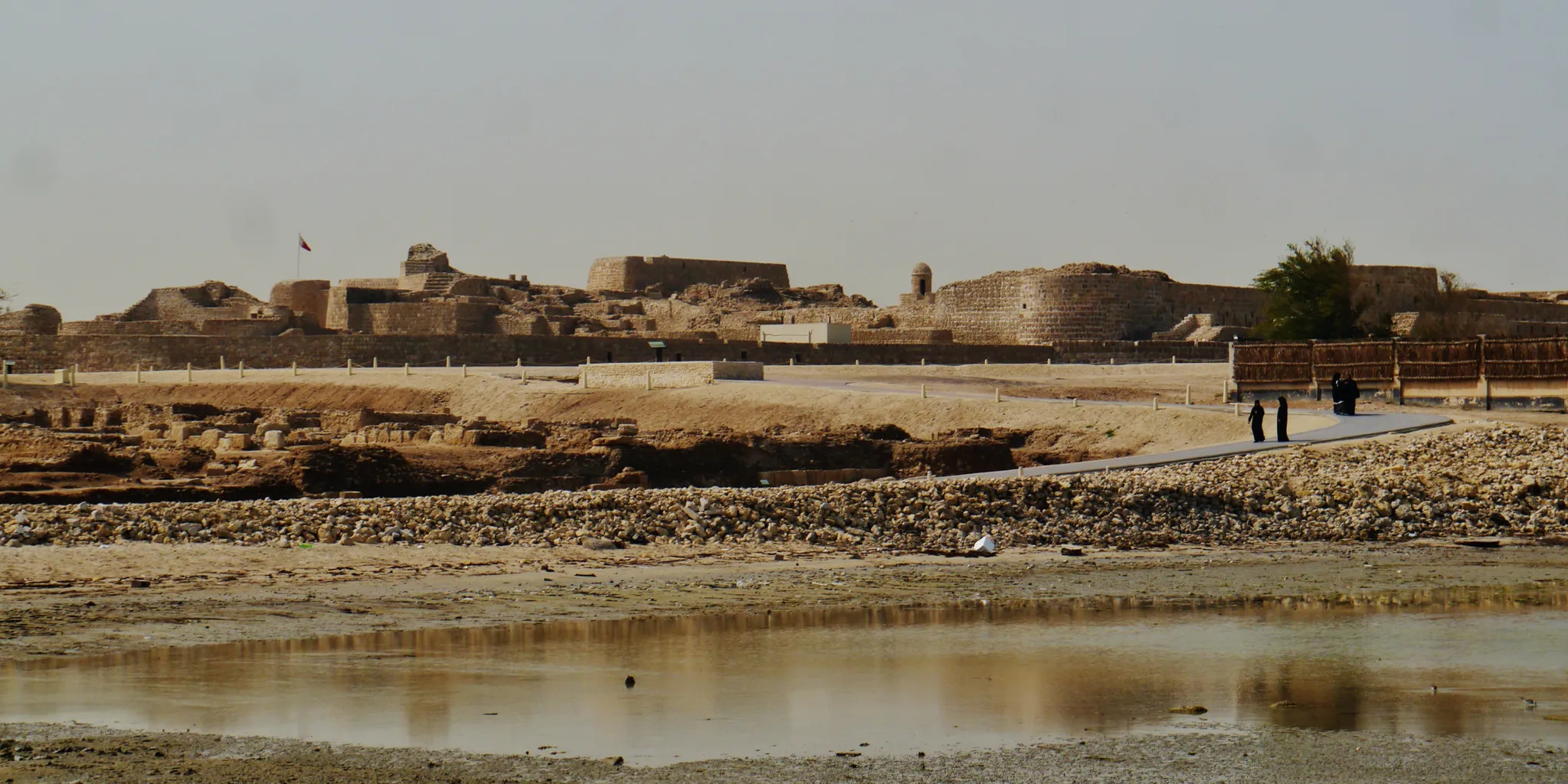
Notable Areas and Finds
The site includes several necropolises, a Kassite palace, and the Palace of Uperi. Artifacts found here include Barbar pottery, copper and ivory relics, “snake bowls,” sarcophagi, seals, and mirrors. These finds provide insights into ancient trade and daily life, with links to Mesopotamia, Oman, and the Indus Valley.
Layout and Fortifications
The excavations revealed a small settlement on the tell’s northern side, indicating an early community engaged in agriculture, livestock, and fishing. The village had rough stone houses with clay or mortar, spacious plastered floors, and streets separating housing complexes. Fortifications around the settlement included stone walls with gates for donkey caravans. These walls, now visible on the northern, western, and southern slopes, enclosed an area of 37 acres.

The Palace and Economic Activity
A palace stood at the tel’s center, surrounded by warehouses, suggesting significant economic activity during the Dilmun period. Streets led to a large gate, probably the main entrance to the palace grounds. Modest houses were built along a network of roads, highlighting a well-organized urban layout.
Relics and Trade
Metal artifacts found include copper pieces, fishing tools, and a socketed spearhead. A large workshop was discovered, indicating copper casting and large-scale manufacturing by professional artisans. The copperware was traded with regions like Oman and Mesopotamia. Pots and vessels used for cooking and importing food from Oman and Mesopotamia were also found. Other artifacts, such as cuneiform inscriptions and steatite bowls, link the site to these regions, while carnelian beads and stone weights connect it to the Indus Civilization.
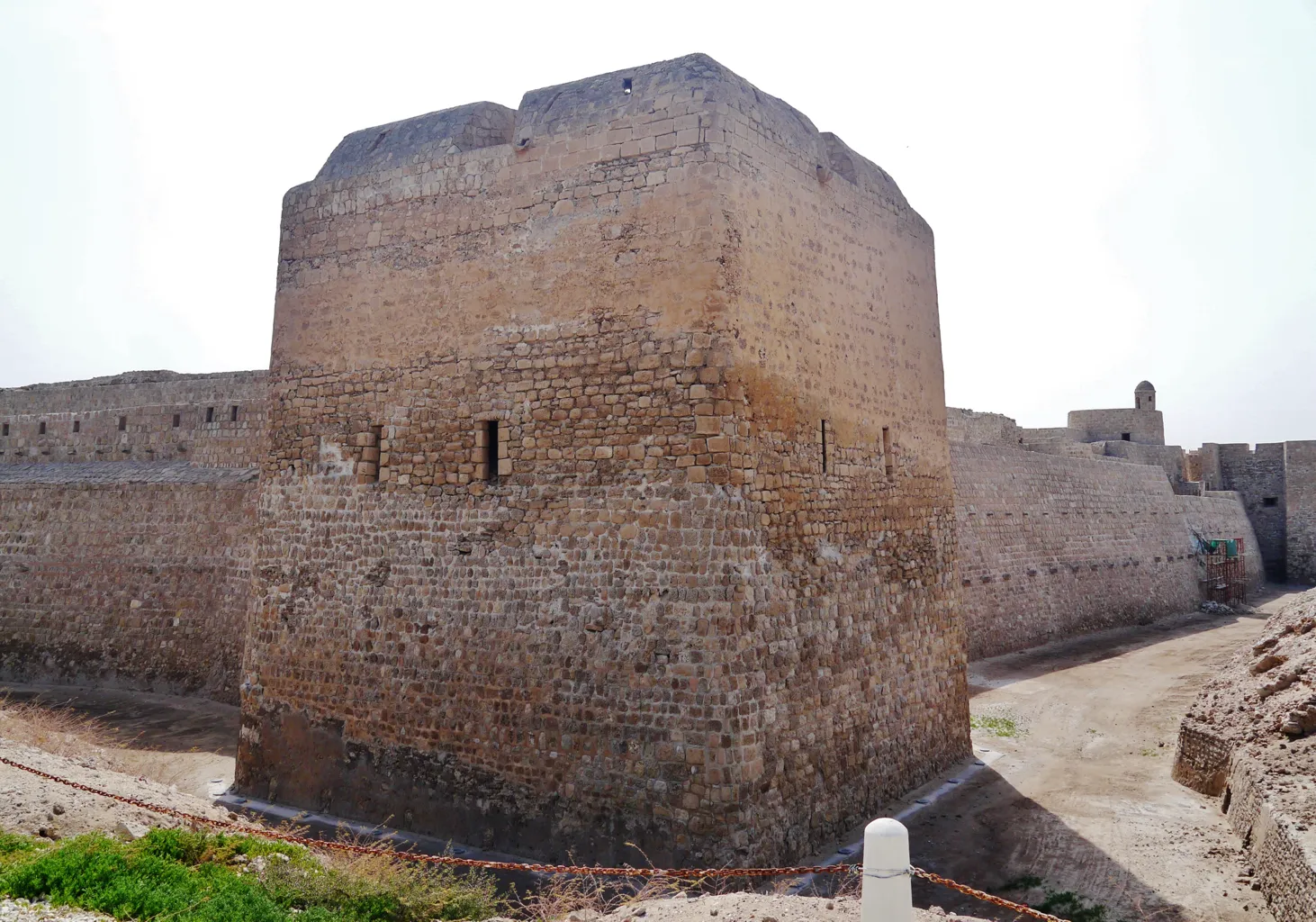
Conclusion
Qal’at al-Bahrain is a window into Bahrain’s rich history. Its layers reveal a continuous human presence and a thriving trade hub over millennia. From the Dilmun civilization to the Portuguese occupation, the site offers invaluable insights into ancient life and commerce in the Persian Gulf region. As excavations continue, Qal’at al-Bahrain remains a pivotal site for understanding the ancient world’s complexities.
Sources:

